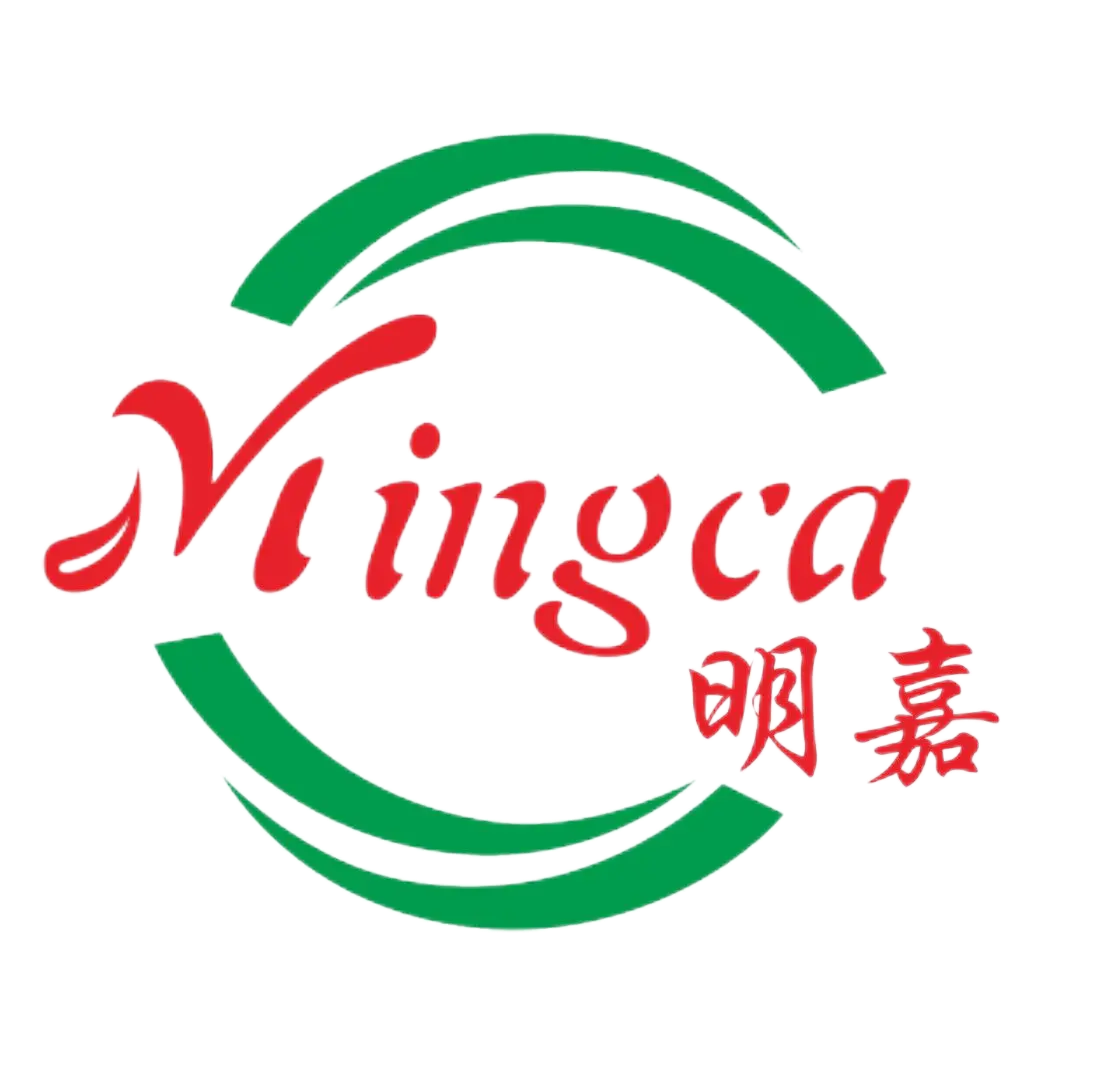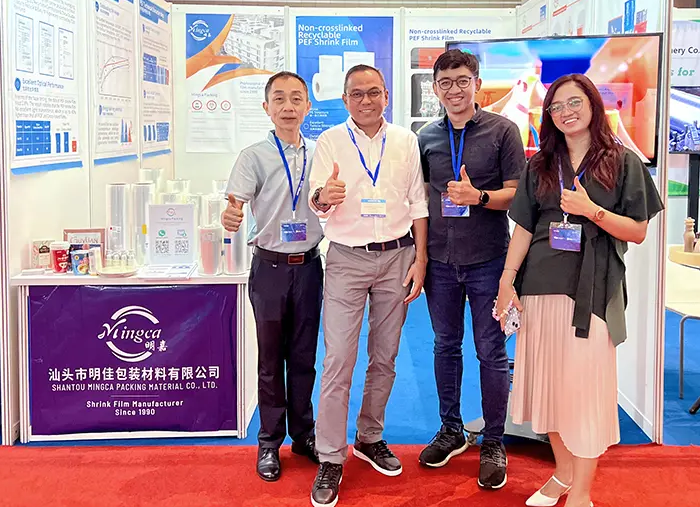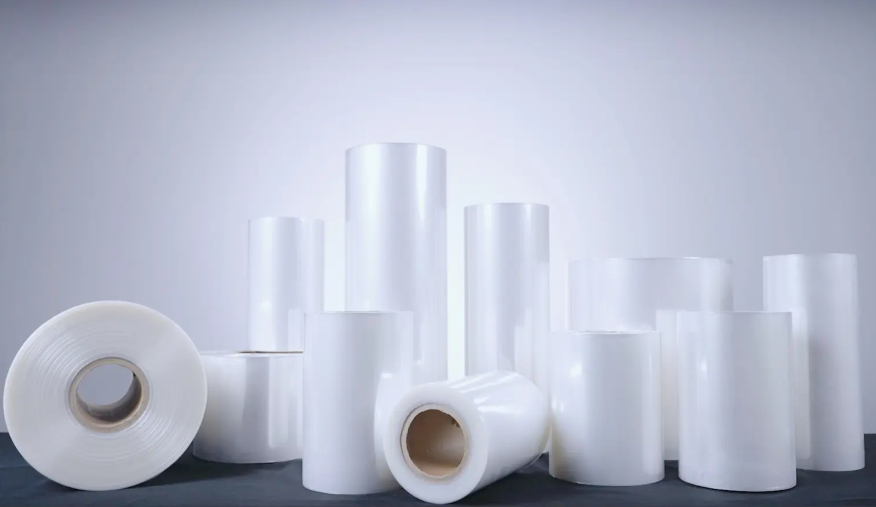EU Packaging and Packaging Waste Regulation and Sustainable Packaging
2024-04-13 11:00:06
In November 2023, the promulgation of the EU's draft Packaging and Packaging Waste Regulations attracted worldwide attention. The Packaging and Packaging Waste Regulation (PPWR) is a proposal announced by the European Union on November 30, 2022, aiming to unify the management of packaging and packaging waste among member states at the EU level.
This regulation puts forward requirements for the use of recycled plastics, but it has triggered controversy in the industry. How do you view the development direction of PPWR? What is the future trend of sustainable packaging?
1:The main goals of PPWR
PPWR mainly includes three major goals:
Prevent packaging waste: Reduce the amount of packaging waste, limit unnecessary packaging, and promote reusable and refillable packaging solutions.
Promote high-quality recycling (“closed loop”): By 2030, all packaging on the EU market is recyclable in an economically viable way.
Increase the use of recycled plastic in packaging: Reduce the demand for primary natural resources, create a well-functioning market for secondary raw materials (recycled materials), and increase the use of recycled plastic in packaging by setting mandatory recycled material proportion targets.
Among them, the third goal is to promote recycled plastics, increase the recycling rate of plastics, and keep plastics in the packaging recycling stream as much as possible. This is an important task of PPWR.
2. Industry’s reaction to PPWR
The third goal of PPWR has caused great controversy in the packaging industry.
Opposing voices think that the focus of PPWR should be on reducing and replacing plastic packaging, rather than encouraging plastic recycling so that more plastics remain in the packaging recycling stream. The EU should promote the use of more recyclable packaging types, such as paper packaging, to replace plastic packaging.
In the EU, the recycling rate of paper packaging is close to 90%, which is the highest recycling rate of all packaging materials. More importantly, compared to other packaging (wood, glass, metal, etc.), paper packaging has the same advantage of low density as plastic.

Lightweight packaging not only reduces transportation costs, but also reduces power consumption and emissions generated during transportation. The current focus of this work will inevitably squeeze the living space of paper packaging that already have high recycling rates.
3. Will paper packaging replace plastic packaging?
In fact, in the field of packaging, some people have always called for the use of paper packaging to completely replace plastic packaging.
The natural cellulose of paper does not exist in the environment for a long time like plastic and is easily degraded. The post-consumer paper bag recycling and repulping process is also very mature. Therefore, from the perspective of post-recycling processing, paper packaging is an excellent material.
However, at this stage, pursuing paper packaging to completely replace plastic packaging is not necessarily the best choice. Limited by the current level of technology, paper packaging still has several major shortcomings that need to be solved.
Poor barrier properties: When it comes to product protection, the first disadvantage of paper packaging is poor barrier properties and the barrier layer needs to be developed. In order to solve the limitations of traditional paper packaging in terms of barrier properties, coating technology or the introduction of a barrier layer is usually used to improve its barrier performance. These coating substances and intermediate barrier layers are generally polymers. Introducing such substances into the recycling stream of paper packaging will increase the difficulty of paper packaging recycling and may lead to a decrease in the quality of recycled products. Therefore, if you want to expand the application scope of paper packaging, easily recyclable coatings/barrier layers still need to be further developed, including: developing easily separable coatings and barrier layers, using barrier layers based on renewable materials, etc.
Material characteristics: Paper is a material with a porous structure. This characteristic determines that paper has high air permeability and hygroscopicity, and is also more susceptible to microbial infection. This is very detrimental for perishable foods and sensitive products. In comparison, plastic packaging usually has better sealing and moisture resistance.
Poor mechanical properties: The third disadvantage of paper packaging is its poor mechanical properties, which are far weaker than plastic in terms of tear resistance, compression resistance, impact resistance and wet strength. The use of additives and the design of reinforced structures can enhance the mechanical properties of paper packaging to a certain extent, but the limitations of its own structure are destined to fail to improve the performance to the same level as plastic packaging.
In fact, in the manufacturing process of paper packaging, both the energy consumption and the impact on the greenhouse emissions are several times that of plastic packaging. This results in paper packaging needing to be reused more times to offset the environmental impact of its production/recycling process. And its performance is a major obstacle that limits the reuse of paper packaging.
We must affirm the huge contribution of paper packaging to the renewable field, but the above limitations make it impossible for paper packaging to completely replace plastic packaging at this stage.
4. The future of sustainable packaging?
In comparison, the properties of plastic as a packaging itself are very good. It not only has low density and strong barrier properties, but also has the advantages of flexibility, impact resistance, strong chemical stability, and does little harm to the environment during the manufacturing process.

The biggest problem with plastic packaging at present is that it is difficult to degrade in nature, making it easy to accumulate in nature and especially harmful to living things. At this stage, the recycling rate of plastics is relatively low. The EU, as the region with the highest plastic recycling rate in the world, is only 32.5%, so there is still considerable room for improvement.
For packaging made of different materials, we believe that packaging materials should be selected based on the characteristics of different materials and their applicability in specific fields, rather than blindly pursuing one material to replace another. If a material is forced to adapt to a weak field, it will not only cause product waste, but also reduce the recycling quality of the packaging or reduce the number of reusable times.
So when it comes to plastic packaging, the answer may not be as simple as replacing it with another material entirely. In an environmental perspective, no matter what kind of packaging, the design that is easy to recycle and reuse can always reduce its harm to the environment.
Since no more suitable alternatives can be found to replace plastic packaging at this stage, it is a more reasonable way to ensure that more plastic packaging is recycled in the existing recycling stream and to reduce the production and waste of virgin plastics. . The EU's focus on increasing the recycling rate of plastics is also the result of comprehensive consideration of the current status of the packaging industry and future recycling routes.










